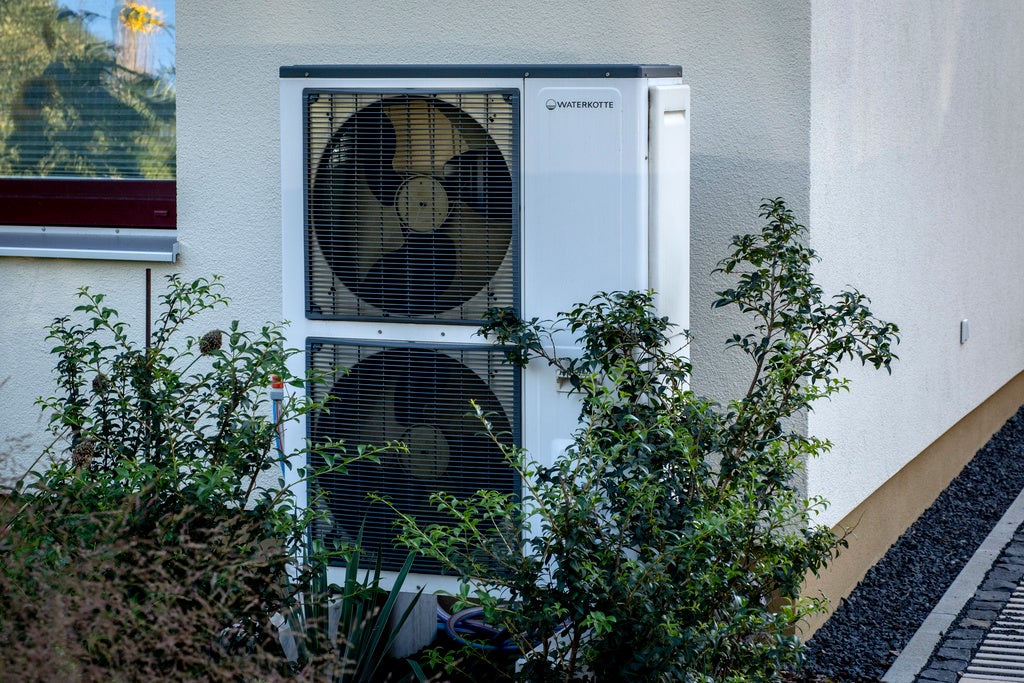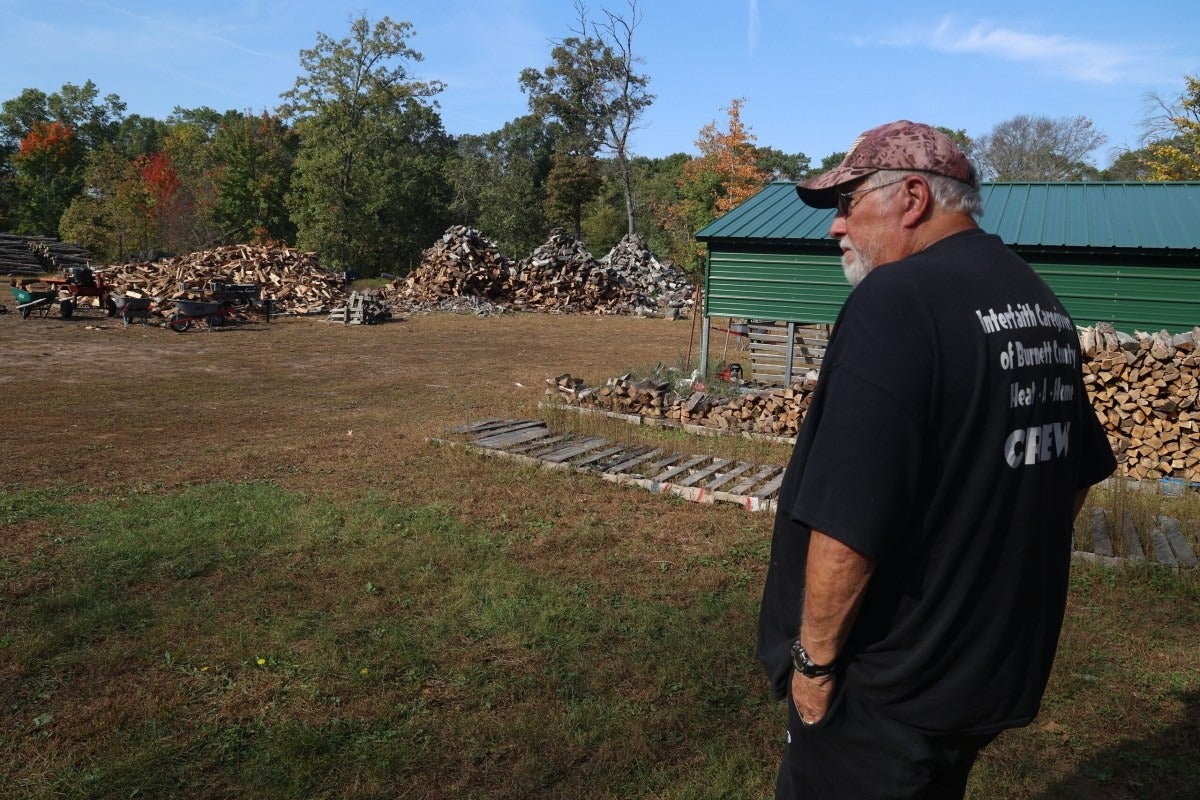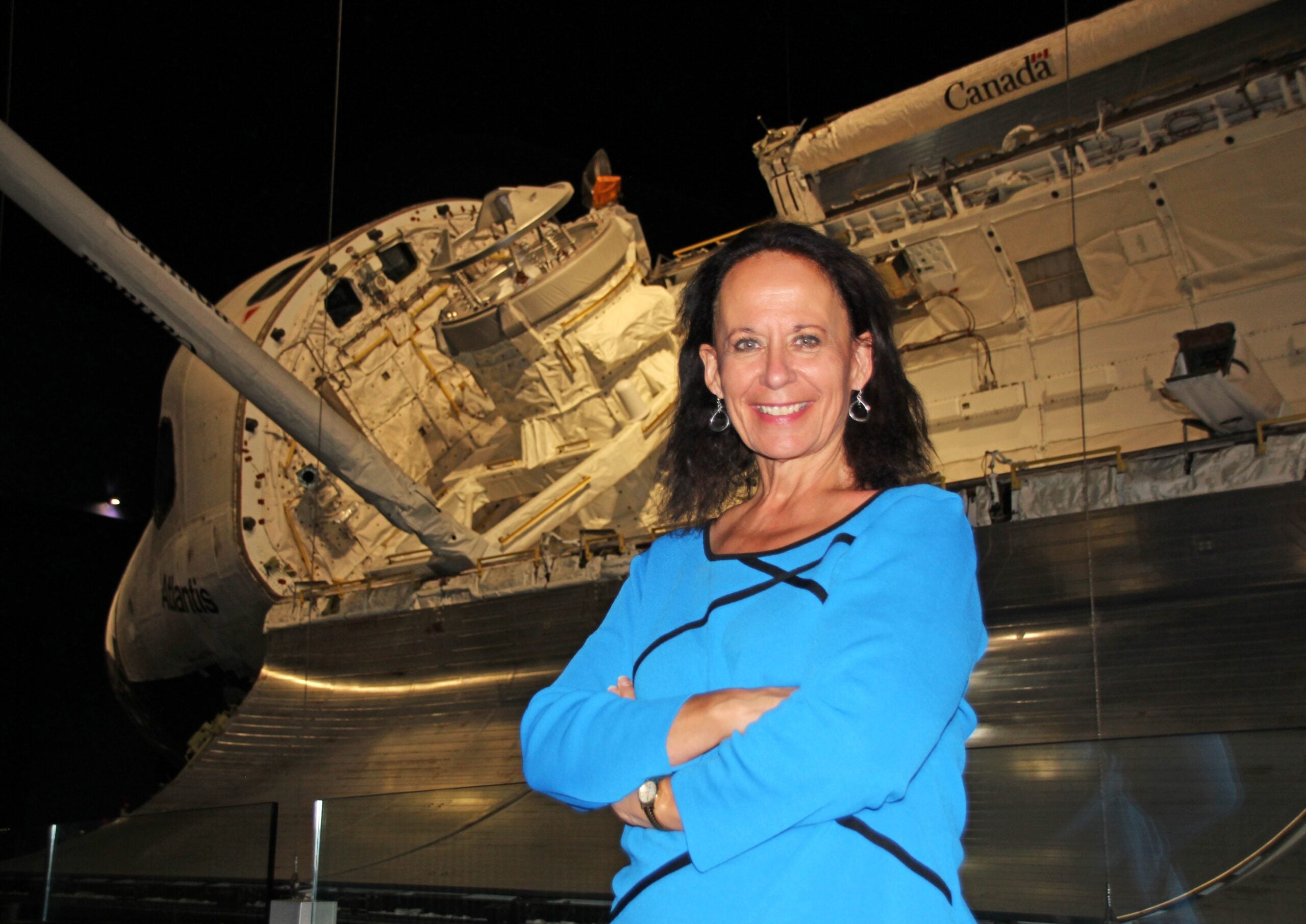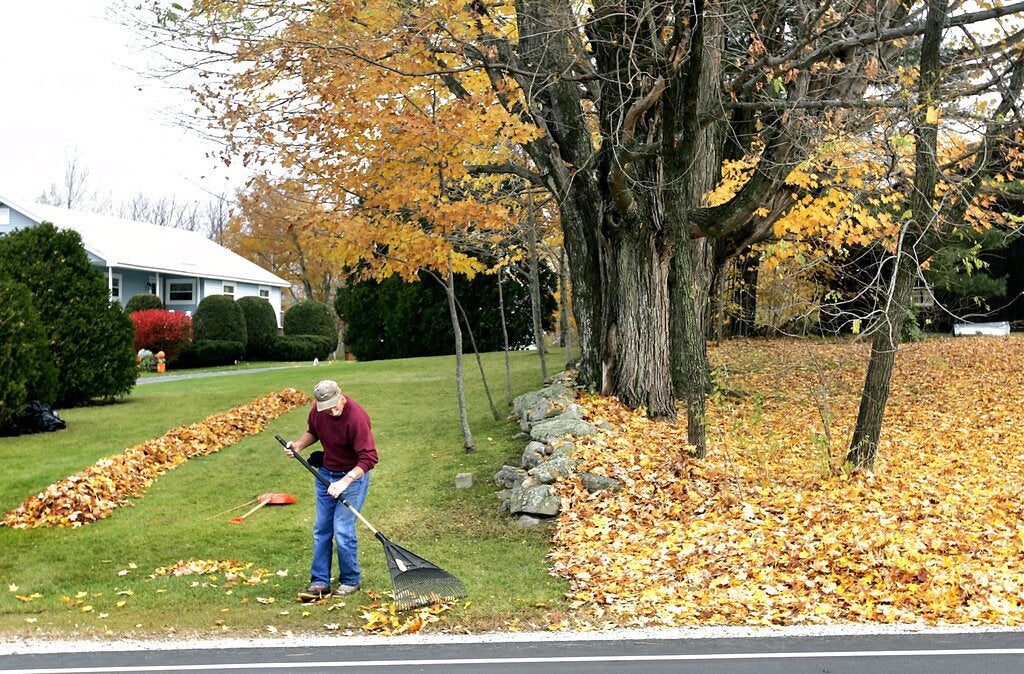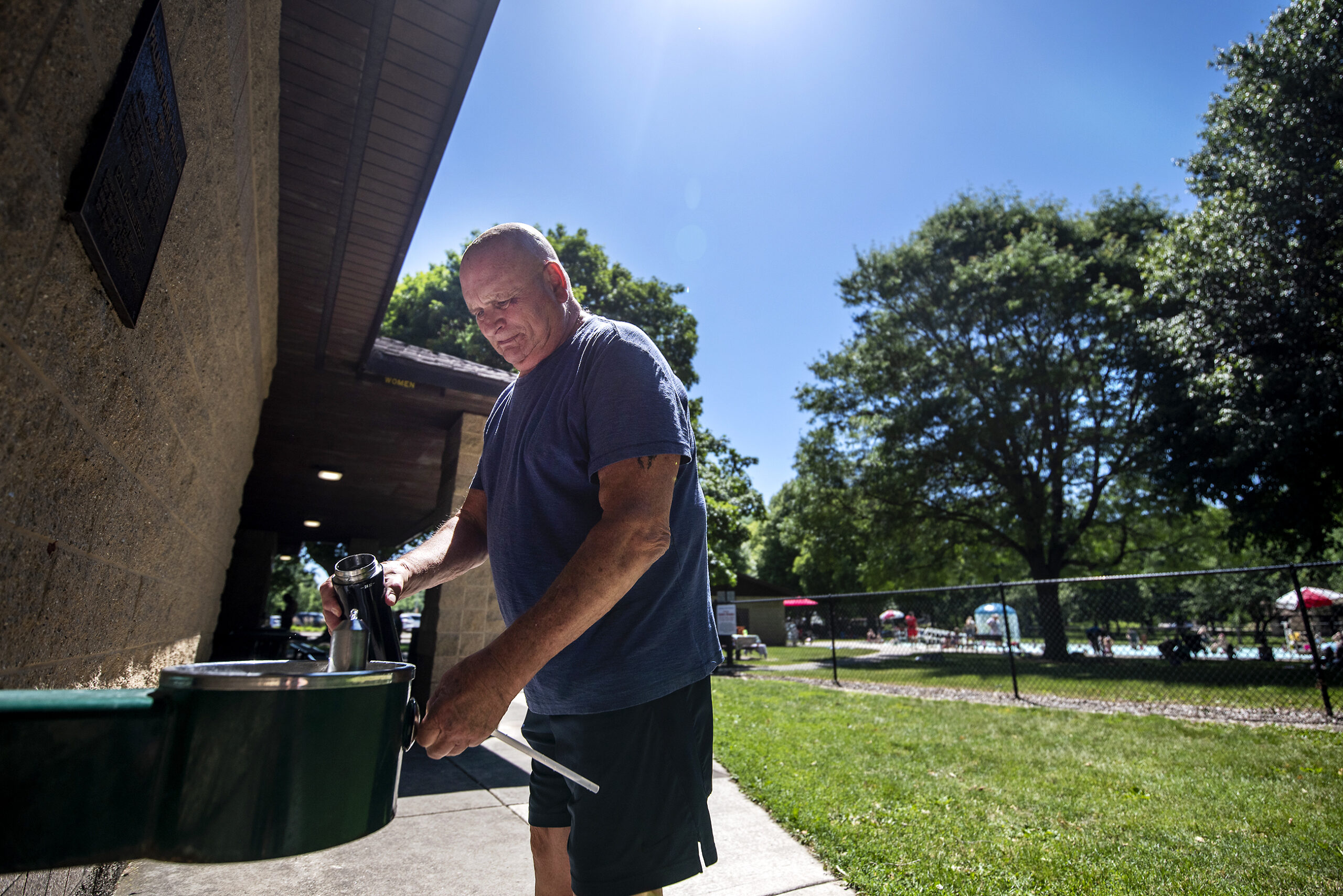Although Wisconsin stayed out of a multi-state pledge to dramatically increase its number of heat pump installations, one heating and cooling specialist in the state says heat pumps remain the future.
Heat pumps offer an environmental benefit, said Travis Herzog, a residential estimator and heat pump specialist for Midwest Heating and Cooling in Mukwonago.
“As we try to lower our carbon footprint, this is the best way to do it in the HVAC industry,” he said recently on WPR’s “The Morning Show.”
News with a little more humanity
WPR’s “Wisconsin Today” newsletter keeps you connected to the state you love without feeling overwhelmed. No paywall. No agenda. No corporate filter.
Herzog reiterated that heat pumps can withstand Wisconsin winters as well as traditional furnaces. But he warned heat pumps can vary quite a bit between products.
“It’s all about selecting the right equipment, because they do make cold climate-rated systems,” he said.
Heat pumps are a growing technology in the HVAC industry. Last year, a coalition including half of the nation’s states pledged to quadruple the total number of heat pump installations by 2030. Wisconsin did not join other states in that promise.
On “The Morning Show,” Herzog talked about technological advances, maintenance advice and the differences between heat pump systems.
The following was edited for brevity and clarity.
Kate Archer Kent: There are air-source heat pump systems and geothermal systems. Can you walk us through the differences?
Travis Herzog: Your air-source system is similar to something that would be like your air conditioner outside. The difference is that there’s a coil above your furnace called an evaporator coil and normally an air conditioner that gets cold. There’s a reversing system in an air-source system that will reverse that to get warm.
Geothermal uses a water loop. It’s got a little bit more technology in the all-self-contained system. There’s nothing outside.
KAK: Last year, half of all American states promised to quadruple the number of heat pump installations across the country by 2030. What do you see in terms of demand for heat pumps?
TH: We see a significant increase in them, even among people who are looking at a full replacement system and don’t know a lot about heat pumps. Once you explain the technology and where it’s going, it’s definitely a positive for everything. There’s not really a downside to getting one.
KAK: What is the lifespan of these systems that are coming out now?
TH: There’s a lot of range on that. You hear 10-15 years, 15-20 years, 20-plus years. What it’s going to come down to is having a reputable company and getting your maintenance done on it. It’s no different than getting an oil change on a car. You want something with a good, reputable company, a good warranty and somebody that’s going to maintain it and keep up with it. It could last you 20 years, but you have to maintain it. That is the biggest thing.
KAK: When heat pumps stop at a particular temperature, is there anything a repair technician can do to get it kicking in and heating again? Or is it strictly a mother nature thing?
TH: There’s an app now where you can control the switchover points. For some of our more tech-savvy customers, I’ll teach them how to do some of the switchovers where they could change it down if they want and see what’s more comfortable for them.
Maybe at 15 degrees, or they can go down to 10 if they like it. Maybe they need to go up to 20. But you can definitely switch over these units now to where you want that thermal point to swap.
Wisconsin Public Radio, © Copyright 2026, Board of Regents of the University of Wisconsin System and Wisconsin Educational Communications Board.
